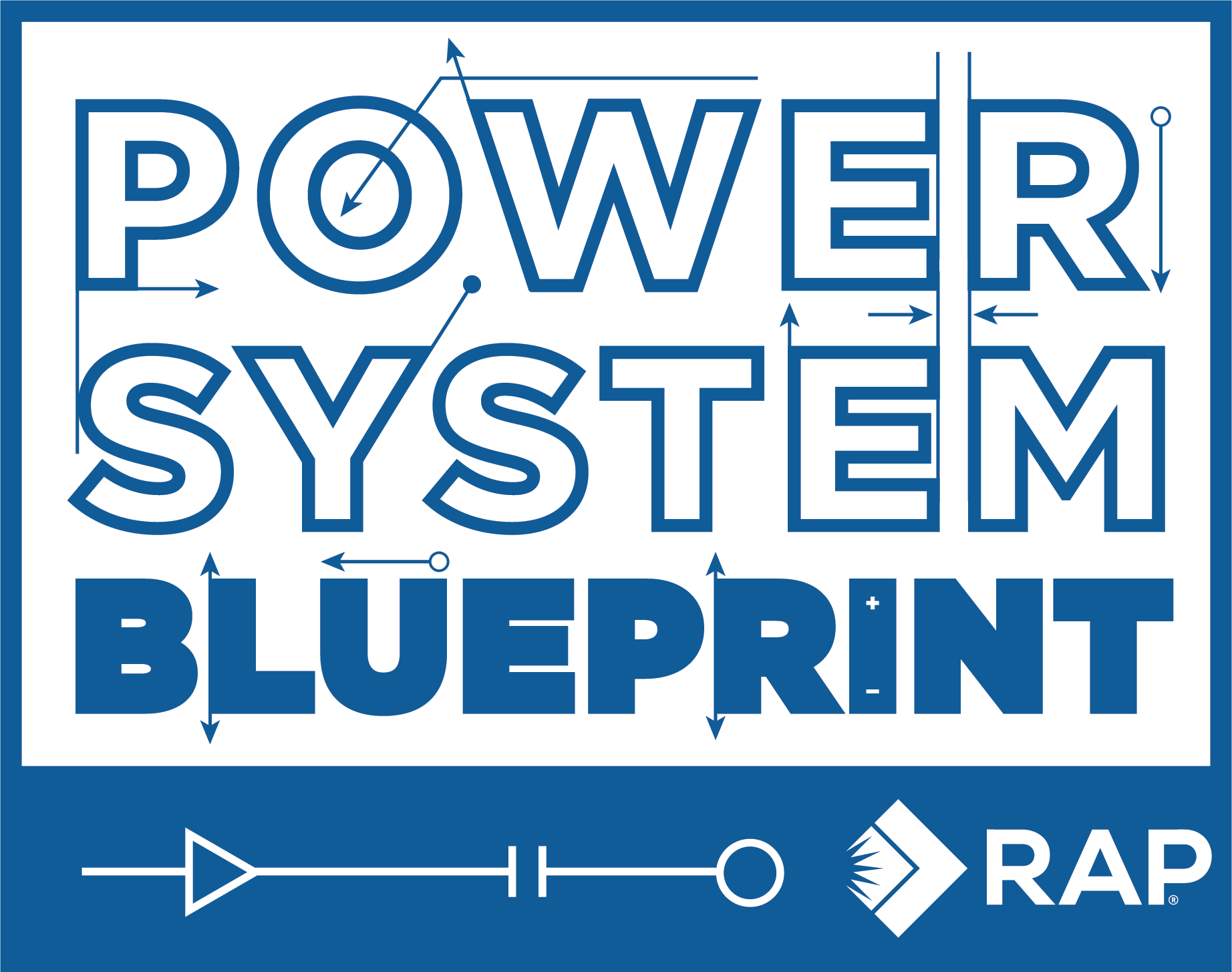SUMMARY
Create the conditions necessary for wholesale market buyers and sellers to enter into the forward undertakings necessary to deliver reliable service over time at the lowest reasonable cost of delivered energy.
WHAT
Ensuring resource adequacy at lowest reasonable cost
HOW
Facilitate forward markets to efficiently allocate investment risk
WHO
NRAs
WHEN
Immediately
The term ‘forward markets’ refers to the buying and selling of future products and services, from hours in advance to day ahead to years into the future. They are a way for market stakeholders to manage volume and price risks associated with participation in the short-term energy market to meet their obligations to customers, investors, lenders and others. The generation sector has always been capital intensive and is expected to become more so, and much of that capital investment will be in long-lived assets. In liberalised energy markets, buyers and sellers have a shared interest in seeing that the necessary capital is invested as efficiently as possible.
In regions like Europe that rely on competitive wholesale markets for power production and procurement, options for efficiently allocating these risks are essential for attracting the amount and type of investment needed, particularly in long-lived assets, at the lowest reasonable overall cost. The intent of good energy market design is that forward markets in undertakings of varying kind and duration will develop as needed between willing buyers and sellers to hedge their respective risks. Experience in some markets has validated this expectation, including markets with high shares of variable renewables.
That said, some regions have complemented or substituted forward markets with administered long-term undertakings underwritten by governments or by consumers (in the form of capacity remuneration mechanismscapacity remuneration mechanisms A regulatory scheme under which payments are made to generators, load and storage (and often interconnectors) to provide capacity availability during a specific time period (to top up revenues earned in energy markets) with the aim of ensuring resource adequacy. Costs are usually recovered from customer bills via retail suppliers.), based on a perception that the energy market has not or will not stimulate forward market activity at a level sufficient to support needed investment. Various reasons are cited for this, from a failure to adequately account for environmental externalities in energy market prices (in the case of renewables investment, see Pricing GHG Emissions factsheet) to missing incentives for the planning reserves needed to ensure the desired level of reliability (the so-called missing money problem). Without adequate options for risk management, the risks of reliance on short-term energy market prices alone can make needed investment more costly or hinder it altogether.
Whether the available risk management options are in the form of forward markets or public undertakings, the key question becomes what constitutes an adequate or optimalsolution to the risk management challenge.
Where energy markets have done a good job of price formation (including, for the time being, administrative measures for incorporating the value of reserves into short-term prices), forward markets have emerged and attracted robust investment in long-lived assets over many years based on a trade in relatively short-lived commitments (e.g., from one to three years forward); this can increase the cost of capital for individual investments but can improve the system’s ability to adapt to unexpected developments in both demand and in new technologies and services, leading to a lower final cost of electricity going forward. Even in markets that have adopted capacity remuneration mechanisms, some of the most successful examples offer only relatively short-lived rolling commitments for new investment (as short as one year forward at a time).
Many other examples of capacity remuneration mechanisms offer firm commitments many years into the future on the false premise that long-lived investment must be matched by similarly long-lived undertakings. This can lower costs at the individual investment level but can also lock consumers or taxpayers unwittingly and needlessly into long-term obligations to pay for unnecessary or ill-advised investments, or can suppress entry of innovative or nontraditional alternatives that do not fit into the preconceived public procurement template (both at the supply and the demand side), leading to a higher final cost of electricity going forward. In fact, it was these very concerns that drove the liberalization of wholesale energy markets.
Forward undertakings, whether market driven or public, don’t eliminate investment risks; they transfer them from one stakeholder to others. Allocating the various risks, both at the level of individual investments and at the level of the overall system, to parties best placed to manage them is the key to whether final costs for a reliable supply of electricity will be low or high. The electricity sector is and will be for the foreseeable future in a period of unprecedented uncertainty about both technology and demand. The adaptability of forward markets will carry a higher value than it ever has, suggesting that forward markets are generally — though not always — the best option for allocating investment risk.
Key Recommendations
- Strive to reflect the true marginal cost of energy in short-term energy market prices — including both direct costs, such as fuel, and indirect costs, such as carbon pricing — the locational cost of grid congestion, and the opportunity cost of running short of the various reserves needed to comply with reliability standards (see Scarcity Pricing factsheet).
- Adopt a resource adequacy standard that is explicitly based on the costs and benefits to consumers of incremental investments in resources (see Optimal Resource Adequacy factsheet).
- Remove out-of-market support for generation not needed to comply with economic resource adequacy standards and actively facilitate the exit of uneconomic resources.
- Devolve responsibility to suppliers for maintaining access to adequate resources to spur needed counterparty liquidity in forward markets.
- Establish and enforce minimum credit capacity requirements for retailers that are strong enough to ensure a robust pool of hedginghedging Transactions entered into by investors and other market participants that protect them against specific risks they anticipate in carrying out their business in the future. A hedging counterparty is the entity with whom a market participant transacts, who undertakes some or all of the subject risk. counterparties without unnecessarily constraining competitive entry into the supplier market.
- Reinforce supplier incentives to trade in forward (financial) markets, if deemed necessary, by establishing a backstop mechanism for intervention by the system operator.
- Facilitate market development, for instance by creating a portfolio of standard products and standard forms of contract and supporting establishment of trading platforms.
- Establish tradeable financial transmission rights to facilitate management of physical grid congestioncongestion Whenever a particular element on the transmission or distribution network reaches its limit and cannot carry any more electricity. Also a situation where trade between two bidding zones cannot be fully accommodated because it would significantly affect the physical flows on network elements that cannot accommodate those flows. risks.
10 years of investment in leading markets
Source: RAP graphic
References and Further Reading
- CEER. (2021). Monitoring NRAs’ Independence, Regulatory Benchmarking Workstream.
- Casullo, L. Durand, A. & Cavasinni, F. (2019). The 2018 Indicators on the Governance of Sector Regulators – Part of the Product Market Regulation (PMR) Survey. OECD.
- Taylor, K. (2019). Jurisdictional Review of Energy Regulation by Province and Territory. Council for Clean & Reliable Energy
- Published:
- Last modified: August 13, 2024

 Quick guide on how to use this website:
Quick guide on how to use this website: